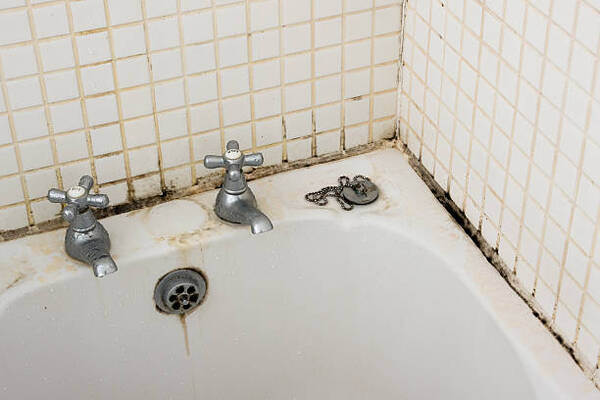- 1-905-452-8193
- Contact Us
- Member Login
- Get Listed Today
- 220,911 members

Most people don’t think about mould until they see it in their own home. But once you spot that first patch of black, green, or white growth in your bathroom, on your shower curtain, or around the sink, you might panic and call a plumber Brisbane North to address the situation.
Mould is a type of fungus that can grow indoors and outdoors. Its spores are tiny and can be carried by wind or water. When the spores land on a damp surface, they start to grow.
Bathroom mould often grows in bathrooms because of the high humidity levels. Bathroom mould can cause health problems, so it’s important to clean it up as soon as you see it.
What Does Bathroom Mold Look Like?
It can be any colour, but it’s usually black, green, or brown. It can look fuzzy, slimy, or scaly. You might see it growing on walls, ceilings, floors, or showers.
What Causes Bathroom Mold?
It normally forms because of high humidity. Humidity is the amount of water vapour in the air. When the air is saturated with water vapour, it’s called “high humidity.” High humidity can be caused by:
- Showering or bathing without ventilation
- Running a humidifier
- Not using an exhaust fan when cooking or doing laundry
- Leaking pipes or fixtures
- Drying clothes indoors
Bathroom mould can also be caused by water leaks. Water leaks can come from plumbing problems or things like leaky roofs or windows. If you have a water leak, it’s important to fix it right away. Otherwise, the mould will keep coming back.
The good news is that there are a few simple steps you can take to get rid of mould for good. With a little elbow grease and the right products, you can say goodbye to that mouldy bathroom for good.
Here are some useful tips you can use to effectively remove bathroom mould.
1. Identify the source of the moisture. Mould needs water to grow, so the first step to getting rid of mould is to find and fix the source of the moisture. If your bathroom is prone to condensation, make sure to ventilate it properly. Use an exhaust fan during showers and baths, and open a window or turn on the air conditioning when you’re not using the room.
2. Clean up any existing mould. Once you’ve found the source of the moisture, it’s time to clean up any existing mould. Scrub small patches of the mould with a mixture of equal parts bleach and water. For larger areas, you may need to use a commercial mould remover.
3. Prevent future mould growth. To prevent mould from coming back, it’s important to keep your bathroom clean and dry. Wipe down surfaces after using them, and don’t leave wet towels or clothes lying around. In addition, use a humidifier or dehumidifier to control the level of moisture in the air.
4. Consider using mould-resistant products. Some bathroom products are now made with mould resistance in mind. Look for shower curtains, bath mats, and other items that are labelled “mould resistant” or “mildew resistant.”
5. Inspect your bathroom regularly. Once you’ve taken steps to prevent mould growth, it’s important to inspect your bathroom regularly for signs of mould. Check under the sink, around the shower and tub, and in any other area where moisture collects. If you see mould, clean it up immediately.
6. Keep your bathroom well ventilated. Proper ventilation is key to preventing mould growth in your bathroom. Make sure your exhaust fan is vented to the outside, and open a window when you can to let fresh air in.
7. Use mildew-resistant paint. When painting your bathroom, be sure to use a paint that has built-in mildew resistance. This will help to prevent mould from growing on the walls and ceiling.
8. Use a dehumidifier. A dehumidifier can help to reduce the level of humidity in your bathroom, making it less inviting for mould spores.
9. Call a professional. If you’ve tried all of these tips and you’re still dealing with a mould problem, it may be time to call in a professional. A mould remediation specialist can identify the source of the problem and take steps to get rid of the mould for good.
With these tips, you can say goodbye to mould for good. By taking preventive measures and cleaning up the mould promptly, you can keep your bathroom healthy and mould-free.
